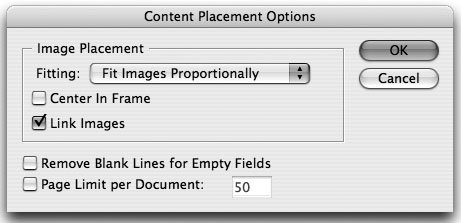

Insert fields from the data source into the document.It can be in one of several specially formatted (yet common) file formats. Connect a data source to the document.Throughout this article, you’ll learn considerations to make. Ideally, design the document with data merge in mind from the start.To prepare an Affinity Publisher document for data merge: How data merge worksĪ few steps need to be taken so that Affinity Publisher knows where you want it to insert data, which can be text and pictures. All the necessary files are provided for you. This article will give you practical experience of using data merge. This efficient feature might save you the bother.ĭata merge enables you to create versions of an Affinity Publisher document in which portions of content are replaced by data from a data merge source (herein referred to as a data source for brevity).Ĭommon uses of data merge include print runs of business cards and personalised mailouts, and its power also quickly progresses more ambitious projects like catalogues and brochures. It's free.Nobody wants to spend a lot of time copying and pasting information into a publication. Still don’t believe it’s easy to create a data merge in InDesign? Seeing is believing! Click here to interact with an online simulation and I bet you will soon be convinced. Click the Fly Out menu again and choose Create Merged DocumentĪ new, merged document will be created that is a merge between the data in your data document and the InDesign target document.Click the data fields to insert them into the InDesign document.Īll you need to do now is merge the document.Now you will add the data fields to the InDesign document. This is where you select the data document file as your data source.Īs mentioned earlier, the items in the first row of the data document appear in the Data Merge palette as data fields. You create the target document in InDesign as you would create any InDesign document-except you add data-field placeholders that will serve as a conduit between the InDesign document and the data document.Īfter creating the target document in InDesign, it's a simple matter of merging the data document with the target document. Keep in mind that the first row of your data will become the HEADER row in your data and will translate into Data Fields in InDesign.Īfter you finish creating the data document, start InDesign and create a target document. Separate the data by pressing the TAB key on your keyboard. But if you want an easy test document, type the data in a word processor like NotePad.

You can use just about anything to create the data. The process for creating a data merge in InDesign is surprisingly simple. For instance, if you wanted to create certificates, the names you want to appear on each certificate would be typed into the data document. The data document contains the information that changes from document to document. Or, read the steps to success below:Ī data merge consists of three parts: a data document, a target document and a merged document. Believe it or not, you can perform complex data merges in InDesign CS 2 that allow you to create form letters, certificates, envelopes and mailing labels out of raw data.Ĭlick here to interact with an online simulation that will teach you how.


 0 kommentar(er)
0 kommentar(er)
